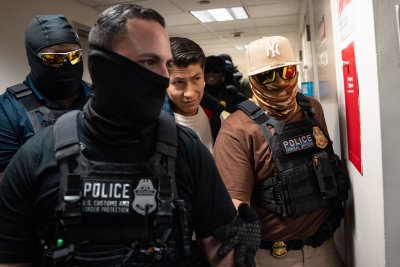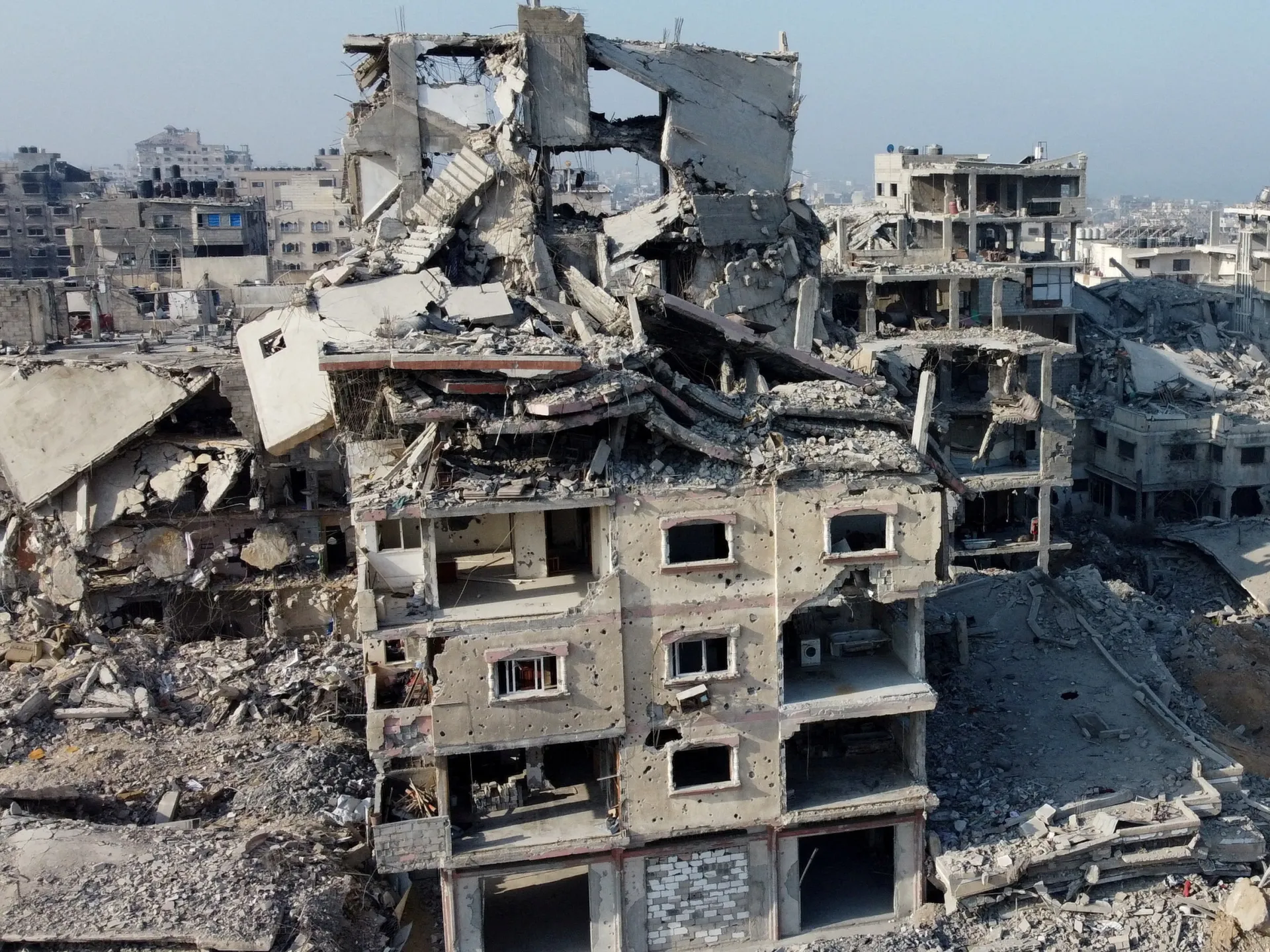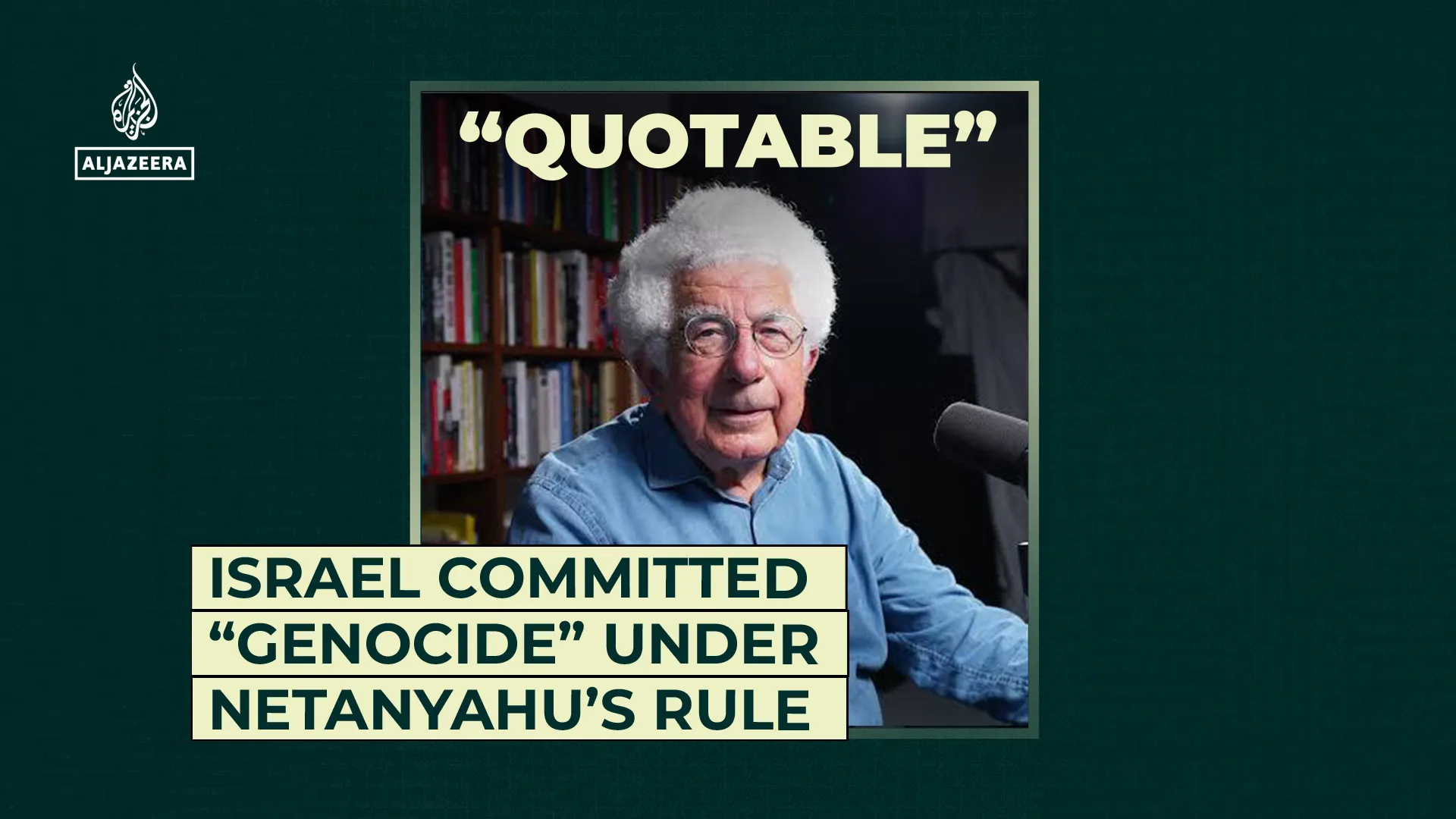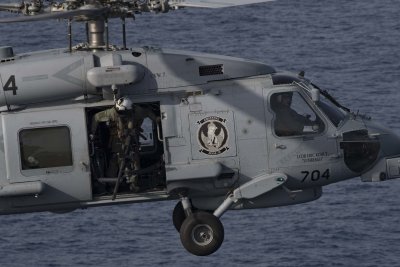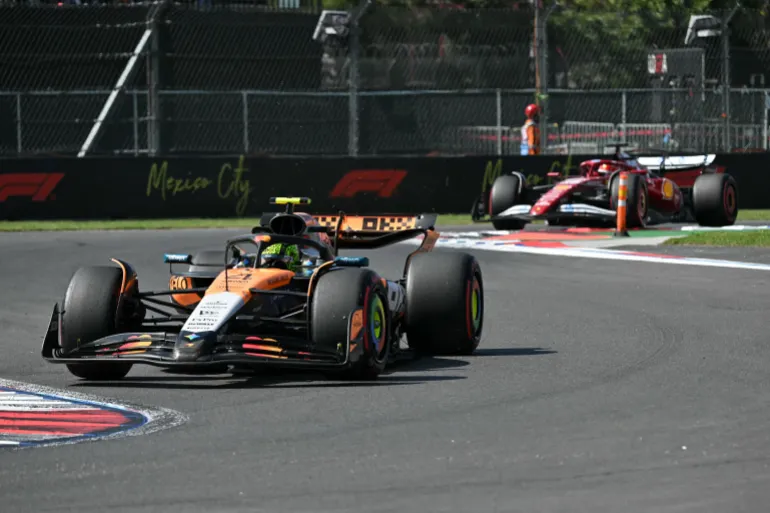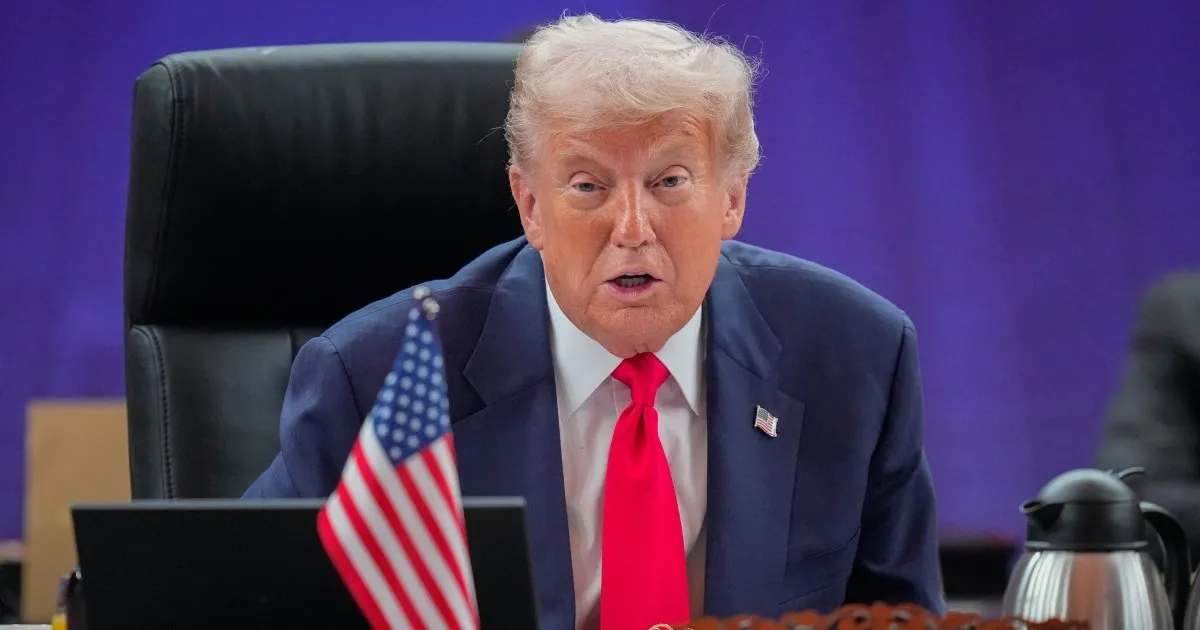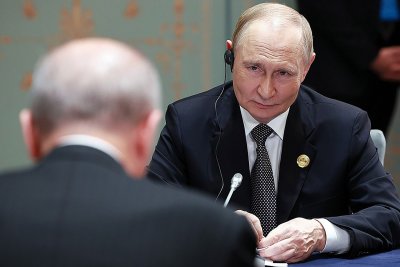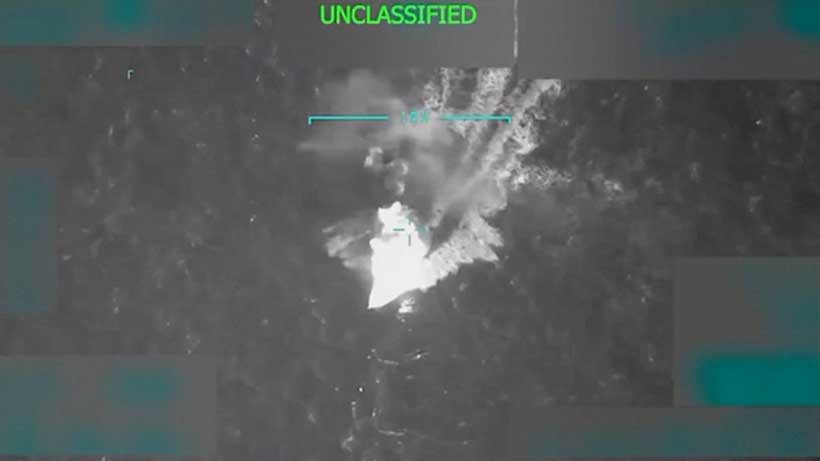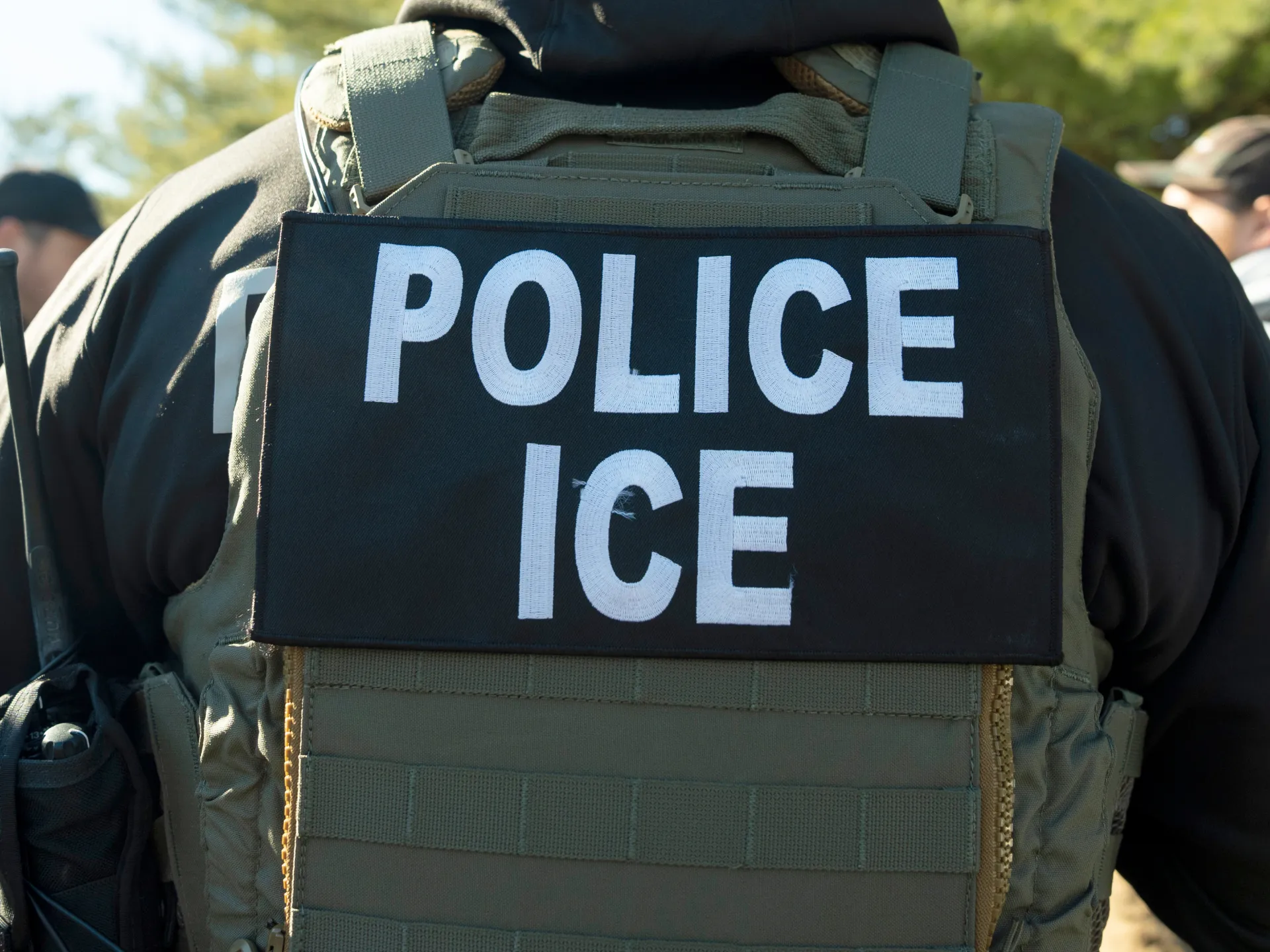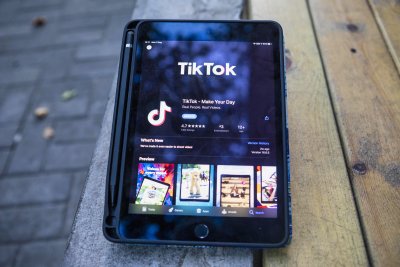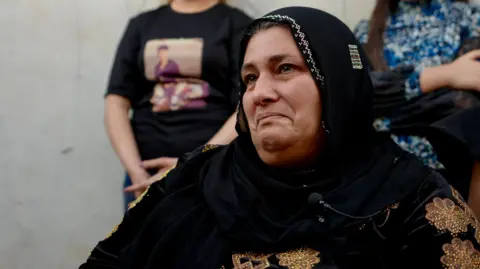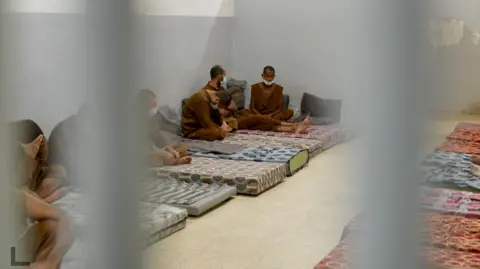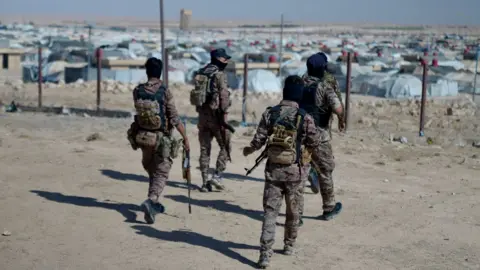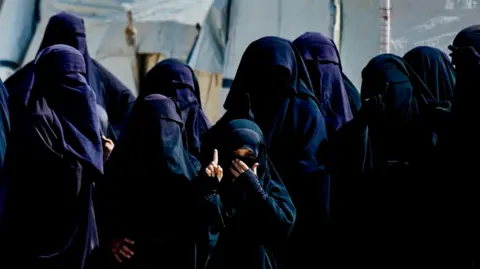In recent months, a series of videos surfaced on Donald Trump’s social-media platform, showing what appeared to be drone footage of small vessels exploding somewhere in the Caribbean. The clips were accompanied by triumphant statements from the former president, who claimed that U.S. forces had struck “drug boats” operated by Venezuela’s Tren de Aragua cartel as they ferried narcotics toward the American coastline. Within hours of the first announcement, officials confirmed that “multiple interdictions” had taken place, that several suspected traffickers were dead, and that survivors were in custody.
For Washington, the operation was presented as a new frontier in counter-narcotics self-defense. For much of Latin America, it looked alarmingly like extrajudicial warfare. Colombia’s president protested that one of the destroyed boats had been Colombian, carrying his own citizens. Caracas called the attacks “acts of piracy.” And legal scholars, both in the United States and abroad, began to question not only the strikes’ legitimacy under international law but also who, exactly, had carried them out.
The Law of the Sea Meets the War on Drugs
The United States is not a signatory to the 1982 U.N. Convention on the Law of the Sea, yet successive administrations have claimed to act “in a manner consistent” with its provisions. Under that framework, ships on the high seas enjoy freedom of navigation. Interference is allowed only in narrow cases such as piracy, slavery, or “hot pursuit” when a vessel flees territorial waters after violating a state’s laws. The deliberate destruction of a boat on the open ocean—without proof of an immediate threat—sits uneasily within those boundaries.
“Force can be used to stop a boat,” observed Luke Moffett of Queen’s University Belfast, “but it must be reasonable and necessary in self-defense where there is an immediate threat of serious injury or loss of life.” Nothing in the public record suggests the crews of these vessels fired upon U.S. assets. The claim of self-defense, therefore, stretches maritime law close to breaking point.
International law’s broader prohibition on the use of force, codified in Article 2(4) of the U.N. Charter, is equally uncompromising. Only an armed attack, or an imminent threat of one, allows a state to respond with force in self-defense. Trump’s officials insist that Tren de Aragua constitutes a transnational terrorist organization waging “irregular warfare” against the United States. Yet, as Michael Becker of Trinity College Dublin argues, “Labelling traffickers ‘narco-terrorists’ does not transform them into lawful military targets. The United States is not engaged in an armed conflict with Venezuela or with this criminal organization.”
Nonetheless, a leaked memorandum reportedly informed Congress that the administration had determined the U.S. to be in a “non-international armed conflict” with drug cartels—a remarkable claim that effectively militarizes the war on drugs. If accurate, it would mean Washington has unilaterally extended the legal geography of war to the Caribbean, with traffickers recast as enemy combatants rather than criminals.
Domestic Authority and the Elastic Presidency
The constitutional footing for these operations is no clearer. The power to declare war resides with Congress, but Article II designates the president commander-in-chief of the armed forces. Since 2001, successive presidents have leaned on the Authorization for Use of Military Force—passed in the wake of 9/11—to justify counter-terror operations across the globe. That statute, intended to target al-Qaeda and its affiliates, has been stretched from Yemen to the Sahel. Extending it to Venezuelan cartels represents another act of legal contortion.
Rumen Cholakov, a constitutional scholar at King’s College London, suggests that rebranding cartels as “narco-terrorists” may be a deliberate attempt to fold them into the AUMF’s reach. But it remains uncertain whether Congress ever envisaged such an interpretation. Nor has the White House explained whether the War Powers Resolution’s requirement of prior consultation with lawmakers was honored before the first missile struck.
The Pentagon, asked to disclose its legal rationale, declined. The opacity has fuelled speculation that the operations were not conducted solely by uniformed military forces at all, but by an entirely different arm of the American state—one that operates in deeper shadows.
The “Third Option”: Covert Power and the CIA’s Ground Branch
In October, Trump confirmed that he had authorized the Central Intelligence Agency to “conduct covert operations in Venezuela.” The statement was brief, but within the intelligence world it carried enormous significance. For decades, the CIA’s Special Activities Center—once known as the Special Activities Division—has been Washington’s chosen instrument for deniable action. Its paramilitary component, the Ground Branch, recruits largely from elite special-operations units and specializes in missions that the U.S. government cannot publicly own: sabotage, targeted strikes, and the training of proxy forces.
These operations fall under Title 50 of the U.S. Code, which governs intelligence activities rather than military ones. By law, the president must issue a classified “finding” declaring that the action is necessary to advance foreign-policy objectives and must notify congressional intelligence leaders. Crucially, Title 50 operations are designed so that “the role of the United States Government will not be apparent or acknowledged publicly.”
That distinction—between covert and merely secret—sets Title 50 apart from the military’s Title 10 authority. Traditional special-operations forces under the Joint Special Operations Command (JSOC) operate as uniformed combatants in overt or clandestine missions authorized under defense law. Their actions are governed by the law of armed conflict, subject to military oversight, and, at least in theory, open to public accountability. CIA paramilitaries, by contrast, function outside those rules. They wear no uniforms, deny official affiliation, and are overseen not by the Pentagon but by the White House and select members of Congress.
Since 9/11, the line separating the two worlds has blurred. Joint task forces have fused intelligence officers and military commandos under hybrid authorities, allowing presidents to act quickly and quietly without triggering the political friction of formal war powers. The “drug boat” strikes appear to be the latest iteration of that model: part counter-narcotics, part counter-terrorism, and part covert action.
A Legal Twilight Zone
If CIA paramilitary officers were indeed involved, the implications are profound. A covert maritime campaign authorized under Title 50 would have required a presidential finding and congressional notification, but those documents remain classified. Conducting lethal operations at sea through the intelligence apparatus—rather than under military or law-enforcement authority—creates a twilight zone of accountability.
The law of armed conflict applies only when a genuine armed conflict exists; human rights law governs peacetime use of force. Covert paramilitary strikes sit uneasily between the two. They may infringe the sovereignty of other states without ever triggering a formal act of war, and they obscure responsibility by design. Survivors of the October strike—a Colombian and an Ecuadorian now detained by U.S. authorities—exist in a legal limbo, neither civilian nor combatant.
Mary Ellen O’Connell, professor at Notre Dame Law School, calls the rationale “utterly unconvincing.” No credible facts, she argues, justify treating these actions as lawful self-defense. “The only relevant law for peace is international law—that is, the law of treaties, human rights, and statehood.”
The Price of Secrecy
Covert action was conceived as a tool for influence and sabotage during the Cold War, not as an instrument of maritime interdiction. Applying it to counter-narcotics missions risks collapsing the boundary between espionage and war. Oversight mechanisms designed for covert influence operations struggle to accommodate lethal paramilitary campaigns. Only a handful of legislators—the so-called “Gang of Eight”—receive full briefings, and judicial review is virtually nonexistent. In practice, the president’s signature on a secret finding becomes the sole check on executive power.
The “drug boat” operations thus reveal how the United States’ shadow-war architecture has evolved since 9/11. The Special Activities Center, once reserved for coups and clandestine support to insurgents, now appears to function as an offshore strike arm for missions the military cannot legally or politically conduct. The public framing—protecting Americans from narcotics smuggling—masks a far broader assertion of authority: the right to employ lethal force anywhere, against anyone, without declaration or disclosure.
War Without War
Trump’s supporters hail the strikes as decisive. His critics see a dangerous precedent—a campaign that bypasses Congress, ignores international law, and blurs the line between defense and vigilantism. The tension runs deeper than partisanship. It touches the central question of modern U.S. power: who decides when America is at war?
The CIA’s motto for its paramilitary wing, Tertia Optio—the “third option”—was meant to describe a choice between diplomacy and open war. Yet as that option expands into an instrument of regular policy, it threatens to eclipse both. When covert action becomes a substitute for law, secrecy replaces accountability, and deniability becomes the new face of sovereignty.
Whether these “drug boats” carried cocaine or simply unlucky sailors may never be known. What is certain is that the legal boundaries of America’s global operations are eroding at sea. The United States may claim it is defending itself; international law may call it aggression. In that unresolved space—the realm of the third option—the world’s most powerful democracy is waging a war it will not name.


